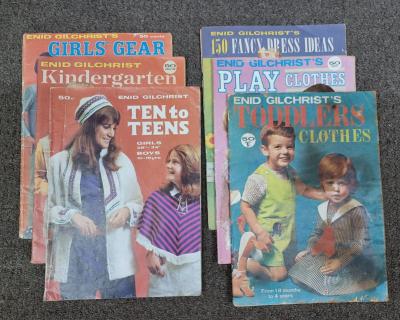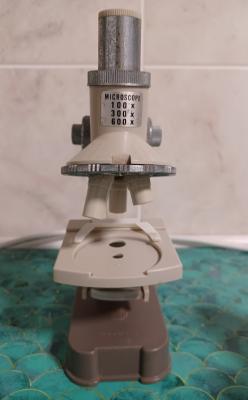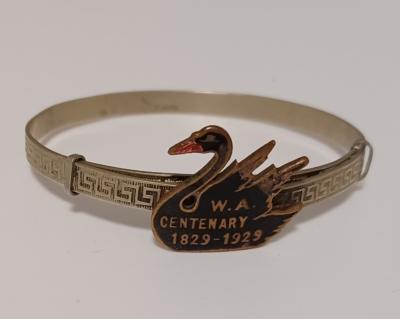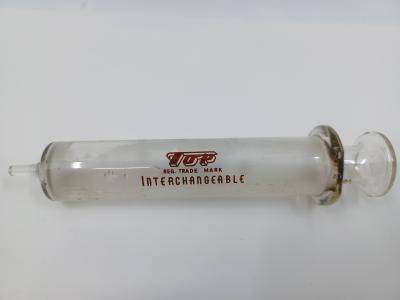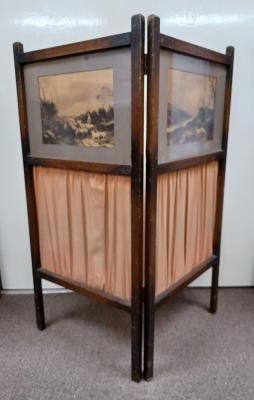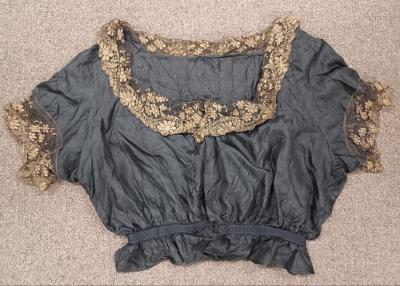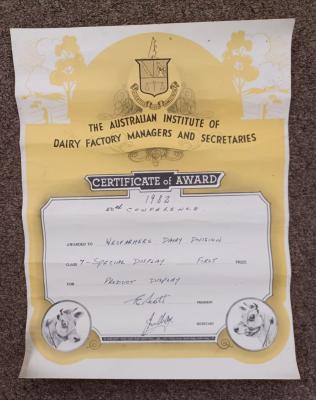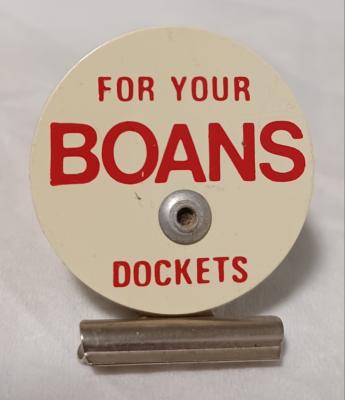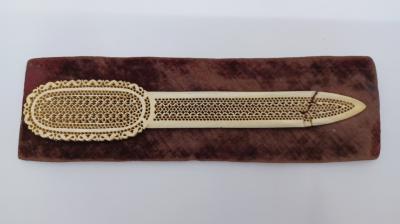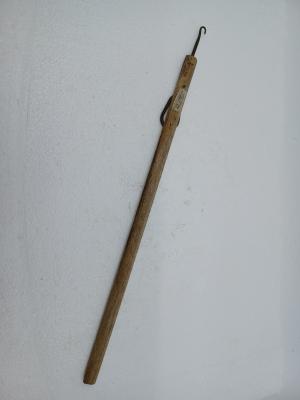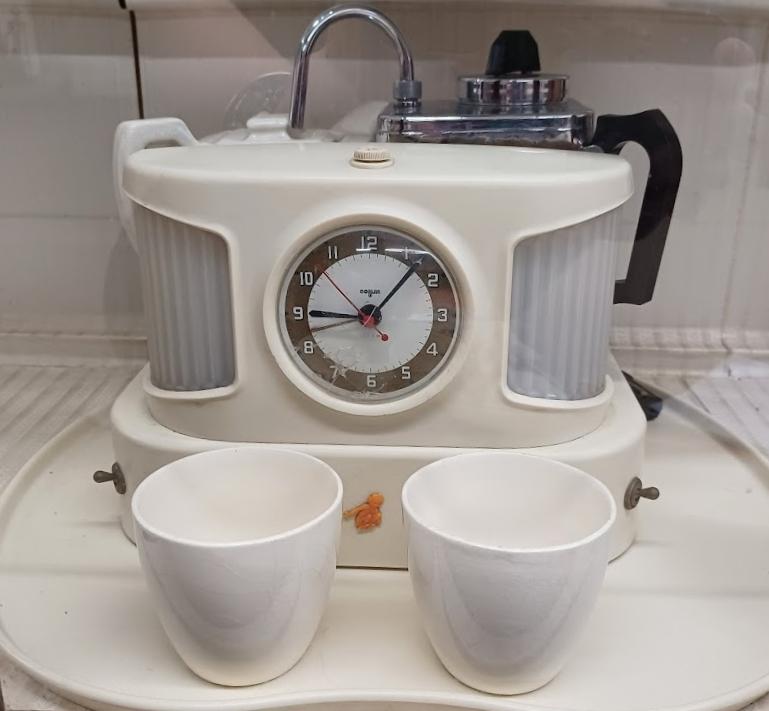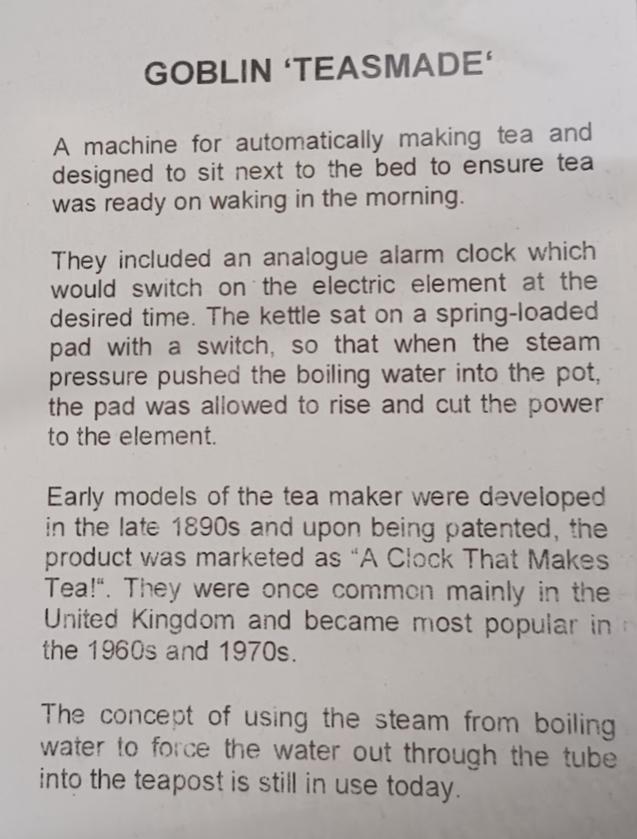'Teasmade' tea-making machine - Goblin
Key elements:
A kettle with a tube leading into a teapot was heated by an electric element switched by an alarm clock.
The kettle sat upon a spring-loaded pad with a switch, so that when steam pressure pushed the boiling water into the pot, the pad was allowed to rise and cut the power to the element.
Details
Details
Electric tea-maker was patented by William Hermann Brenner Thornton in association with Goblin in 1933, shortly after Absolom's patent. Brenner subsequently sold the patent (414,088 1934) to the British Vacuum Cleaner and Engineering Co. Ltd. who marketed it under the Goblin Teasmade name. This was one of the first successful commercial automatic tea makers.
A teasmade is a machine for making tea automatically, which was once common in the United Kingdom and some Commonwealth countries. Teasmades generally include an analogue alarm clock and are designed to be used at the bedside, to ensure tea is ready first thing in the morning. Although crude versions existed in Victorian times, they only became practical with the availability of electric versions in the 1930s. They reached their peak in popularity in the 1960s and 1970s. Since then their use has declined, but they started to boast a partial revival in the 2000s, partly as a novelty retro item.
The name teasmade is an example of a genericised trademark, now commonly used to refer to any automatic tea-making appliance
Other items from Busselton Historical Society
- Sewing Magazines & Books - Miscellaneous
- Powell Bristol Stoneware Preserving Jar
- Toy - IMCO Illuminator Microscope
- Souvenir - Centenary WA 1929 Bracelet
- Veterinary Syringe - TOP
- Fire Screen
- Ladies Black Bodice
- Certificate of Award - Wesfarmers Dairy Division
- Boans Docket Clip
- Ivory Paper Knife
- Ladies Boot Button Hook
- Cigar Holder & Case
